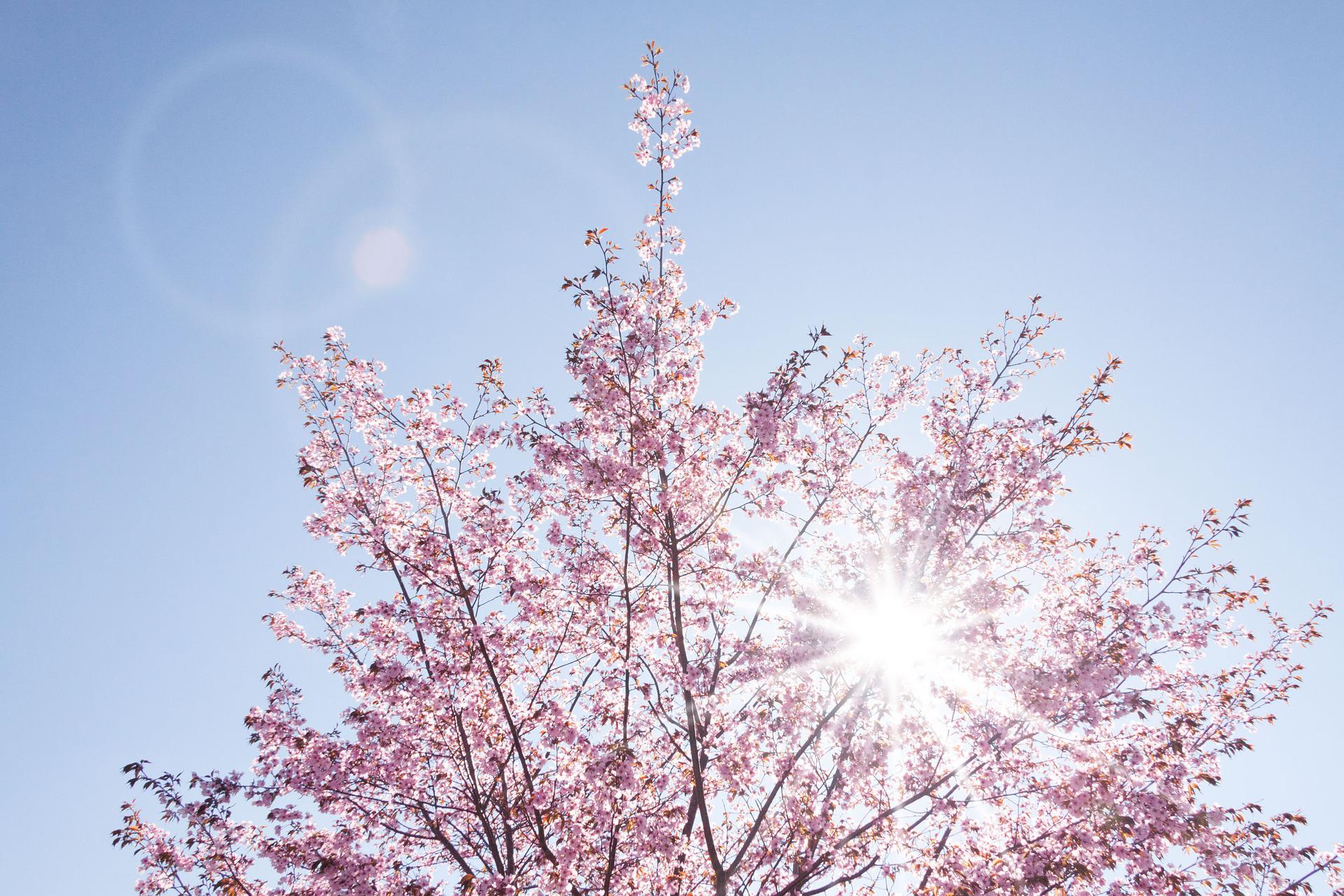Spring plants are beginning to bloom one to two weeks earlier than the average in the past decades. This is because January and February were almost consistently too mild, explains Geosphere Austria (formerly ZAMG). Therefore, many plants’ development started significantly earlier than in an average year. For example, forsythia and dirndl are already blooming in many places at lower altitudes.
The flowering of the apricot has also already begun, as in the Wachau, in the Vienna area and northern Burgenland around the Leithagebirge. “This means that the development of the plants is currently about one week ahead of the average of the last 30 years (average 1991-2020, note) and more than two weeks ahead of the average in the period 1961 to 1990, which was not yet so strongly affected by climate warming,” said Helfried Scheifinger of the Geosphere. The next few days will also be spring-like: Friday and Saturday will bring plenty of sunshine and maximum temperatures between twelve and 17 degrees, with Föhn in the west occasionally up to 20 degrees, the Geosphere predicted.
“Full spring” with apple blossom
Phenology defines the seasons by the development status of certain “indicator plants.” In the higher altitudes, early spring still prevails, beginning with the blooming of snowdrops. Dirndl and Sal’s willow are also in bloom. Coltsfoot, liverwort and spring knotweed follow. First spring has already started with forsythia blooming at low elevations, and green leaf tips can be seen on horse chestnuts. Blackthorn and sycamore are blooming, and larch is unfurling its needles. Full spring, the third and last phase of spring, is just coming: it is heralded by the beginning of apple and lilac blossoming and ends with raspberry blossoming.
With Geosphere’s free “Nature Calendar” app, interested people can collect their nature observations. By doing so, they support research projects, such as studies on how plants and animals react to climate change. More than 118,000 observations have been entered since the app was launched.
- source: kurier.at/picture: pixabay.com
This post has already been read 3472 times!



